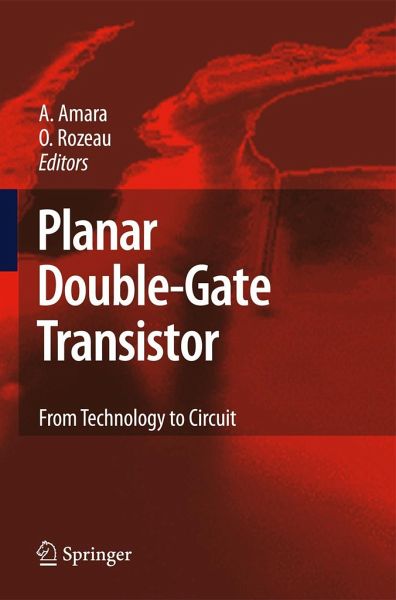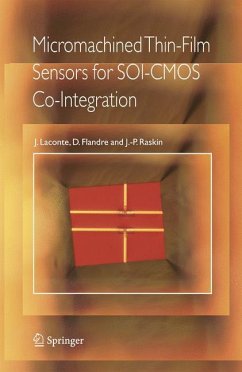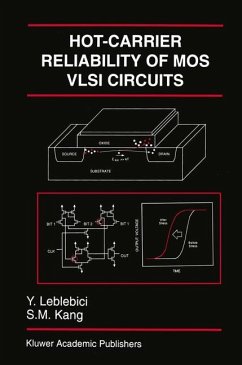
Planar Double-Gate Transistor
From Technology to Circuit
Herausgegeben: Amara, Amara; Rozeau, Olivier
Versandkostenfrei!
Versandfertig in 6-10 Tagen
113,99 €
inkl. MwSt.

PAYBACK Punkte
57 °P sammeln!
The aim of the editors here is to reinforce the synergy between the research activities on CMOS sub-32nm devices and the design of elementary circuits. The goal is to point out how we can apply new transistor structures to come up with new cells and concepts.
Until the 1990s, the reduction of the minimum feature sizes used to fabricate in- grated circuits, called "scaling", has highlighted serious advantages as integration density, speed, power consumption, functionality and cost. Direct consequence was the decrease of cost-per-function, so the electronic productivity has largely progressed in this period. Another usually cited trend is the evolution of the in- gration density as expressed by the well-know Moore's Law in 1975: the number of devices per chip doubles every 2 years. This evolution has allowed improving signi?cantly the circuit complexity, offering a great computing power in the case of microprocessor, for example. However, since few years, signi?cant issues appeared such as the increase of the circuit heating, device complexity, variability and dif?culties to improve the integration density. These new trends generate an important growth in development and production costs. Though is it, since 40 years, the evolution of the microelectronics always f- lowed the Moore's law and each dif?culty has found a solution.














